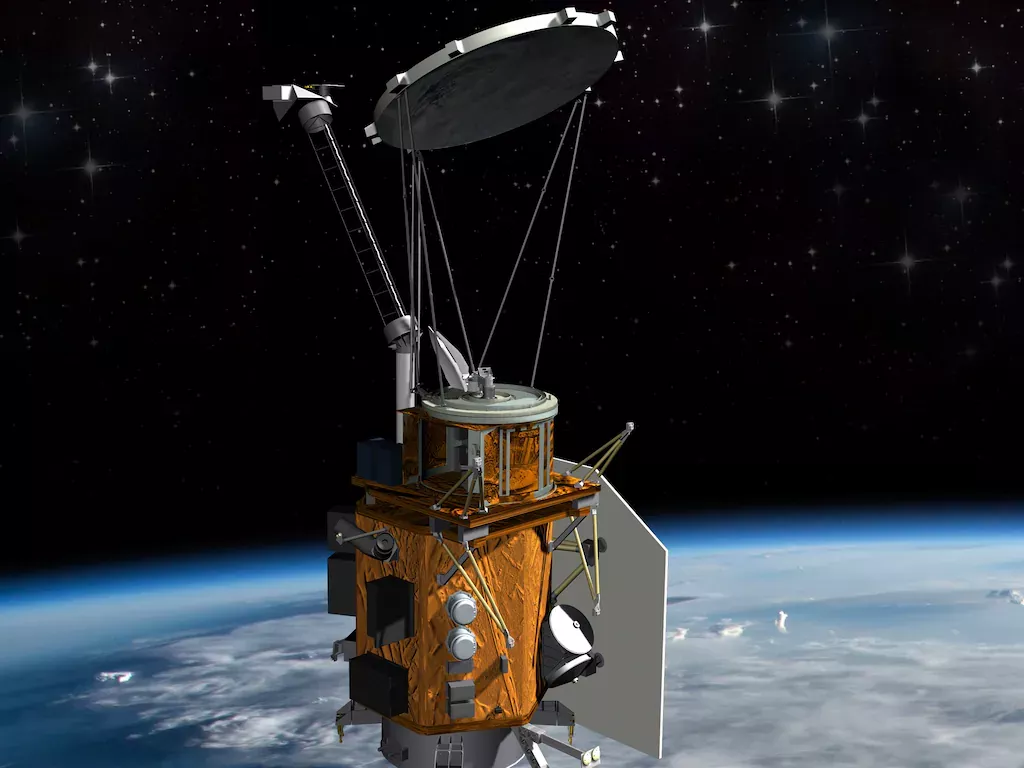美國太空軍新一代氣象衛星正式啟用,強化軍事氣象預報能力

(Ball Aerospace)
美國太空軍宣布,其最新的氣象衛星「氣象系統後續-微波」(WSF-M)已完成在軌測試,正式投入運作,將為軍事規劃和作戰提供關鍵的氣象數據。
WSF-M由Ball Aerospace公司製造,是太空軍氣象衛星後續計劃的一部分,旨在取代已有60年歷史的軍事氣象衛星星座。該衛星於2024年4月11日從加州范登堡太空軍基地發射升空,進入太陽同步軌道。
太空系統司令部感測組負責人羅伯特·戴維斯上校表示,WSF-M的在軌測試進展順利,超出預期。他指出,WSF-M的正式啟用是太空軍向更具成本效益、可擴展且具韌性的氣象衛星星座轉型的重要里程碑。
WSF-M配備了被動微波成像輻射計和高能帶電粒子感測器,能夠提供海洋表面風速、熱帶氣旋強度等關鍵氣象資訊,並監測太空天氣。這些數據對於軍事任務的規劃和執行至關重要。
太空軍正在考慮採用混合架構,結合小型衛星、商業系統和政府擁有的航天器,以建立更靈活的氣象觀測能力。WSF-M和其伴隨計劃被視為邁向未來能力的橋樑。
三個重要觀點:
- WSF-M衛星正式啟用,將提供關鍵的氣象數據,強化軍事氣象預報能力。
- 該衛星配備先進的感測器,能夠觀測海洋風速、熱帶氣旋強度和太空天氣。
- 太空軍計劃建立混合型氣象觀測架構,提升整體觀測能力和韌性。
U.S. Space Force’s New Weather Satellite Operational, Enhancing Military Forecasting
The U.S. Space Force announced that its latest weather satellite, the Weather System Follow-on Microwave (WSF-M), has completed on-orbit testing and is now operational, providing critical weather data for military planning and operations.
Built by Ball Aerospace, WSF-M is part of the Space Force’s Weather Satellite Follow-on program, aiming to replace the 60-year-old military weather satellite constellation. The satellite was launched on April 11, 2024, from Vandenberg Space Force Base in California into a sun-synchronous orbit.
Col. Robert Davis, head of the Space Systems Command’s sensing portfolio, stated that the satellite’s on-orbit testing progressed smoothly, exceeding expectations. He emphasized that WSF-M’s operational acceptance marks a pivotal milestone in transitioning toward a more affordable, scalable, and resilient weather satellite constellation.
WSF-M is equipped with a passive microwave imaging radiometer and an Energetic Charged Particle (ECP) sensor, enabling it to provide data on ocean surface winds, tropical cyclone intensity, and space weather. This information is vital for military mission planning and execution.
The Space Force is considering adopting a hybrid architecture that combines small satellites, commercial systems, and government-owned spacecraft to establish more flexible weather observation capabilities. WSF-M and its companion programs are seen as bridges toward this future capability.
Three Key Takeaways:
- The WSF-M satellite is now operational, providing critical weather data to enhance military forecasting capabilities.
- Equipped with advanced sensors, the satellite can observe ocean surface winds, tropical cyclone intensity, and space weather.
- The Space Force plans to develop a hybrid weather observation architecture to improve overall capability and resilience.

回應文章建議規則: